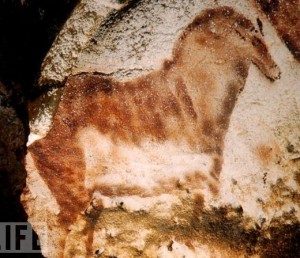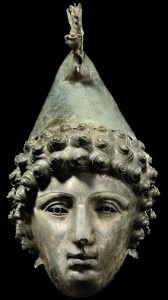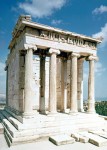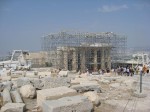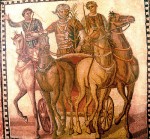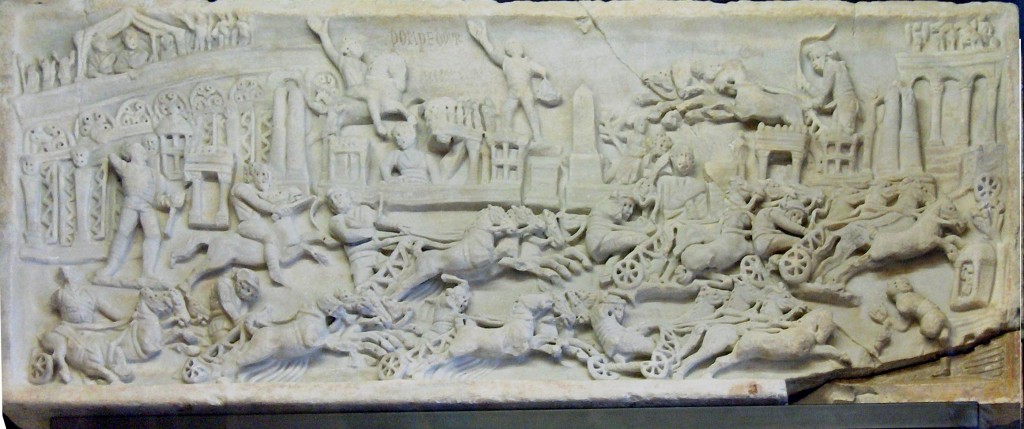 Some time between 140 and 120 B.C., a Roman ship sank off the coast of what is now Tuscany. It was crammed full of goods from different ports of call — wine amphorae from Rhodes, glass cups from Syria, ceramics from Athens and Pergamon, a pitcher from Cyprus, and lamps from Asia Minor — making it possible to trace the movements of the ship before it met its unfortunate demise. The variety alone would make it an exceptional find, but underwater archaeologists also found a medical chest, probably belonging to a doctor on the ship rather than being a product for sale.
Some time between 140 and 120 B.C., a Roman ship sank off the coast of what is now Tuscany. It was crammed full of goods from different ports of call — wine amphorae from Rhodes, glass cups from Syria, ceramics from Athens and Pergamon, a pitcher from Cyprus, and lamps from Asia Minor — making it possible to trace the movements of the ship before it met its unfortunate demise. The variety alone would make it an exceptional find, but underwater archaeologists also found a medical chest, probably belonging to a doctor on the ship rather than being a product for sale.
Inside the chest were various scary implements of the trade, including a bleeding cup and surgery hook, 136 boxwood drug vials and most importantly, several tins of green pills. Despite having been sitting on the sea floor for 2000+ years where sea plants grew thickly up and around the wreck, the tins were still sealed and the pills completely dry and intact.
The wreck was discovered in 1974, explored by archaeologists in 1982 and excavated starting in 1989. Underwater archaeologists from the Archeological Superintendency of Tuscany excavated the ship for two years, but it wasn’t until recently that genetic sequencing technology has made possible detailed DNA analysis of the pills.
Geneticist Robert Fleischer of the Smithsonian’s National Zoological Park, who presented the findings last week at the Fourth International Symposium on Biomolecular Archaeology in Copenhagen, Denmark, was able to analyze DNA fragments in two of the pills.
After comparing the sequences to the GenBank genetic database maintained by the US National Institutes of Health, he identified many plants typical of a vegetable garden, including carrot, radish, parsley, celery, wild onion and cabbage. Alfalfa, yarrow and the more exotic hibiscus were also part of the mix.
“The plants match those described in ancient texts such as those by the ancient Greek physicians Dioscorides and Galen. However, more work has to be done since we do not have the complete sequence for each plant, but only fragments which could belong to other species as well,” Touwaide said.
Yarrow was known to have been used as a coagulant, staunching the flow of blood from wounds. Pedanius Dioscorides, a physician who practiced in Rome in the 1st century A.D., was a big proponent of carrots as a reptile bite preventative and as aids in conception.
There were also some big surprises. Analysis of the pills returned the presence of sunflower, a New World plant. It could have been a recent contaminant, so further study must be done, but if it’s confirmed that there were sunflowers in the ancient Mediterranean some botanical history is going to have to be rewritten.
Touwaide is also hoping further analysis will find theriac, a medicine Galen, the 2nd c. A.D. Father of Pharmacology, described in his writings that contains more than 80 different plant extracts. Pinpointing the exact measurements ancient doctors used to manufacture the pills would not only be just plain cool from a historical perspective, but might open new avenues of pharmacological research.
Another question yet to be answered is how these tablets were used. They’re 3 centimeters (1″) wide and half a centimeter thick, so they wouldn’t have been terribly comfy for a patient to ingest. They might have been dissolved in water and wine to make a tussin-like beverage, or they could have been melted and applied topically like an ointment. The Archeological Superintendency of Tuscany hopes to publish their final results by next year.
